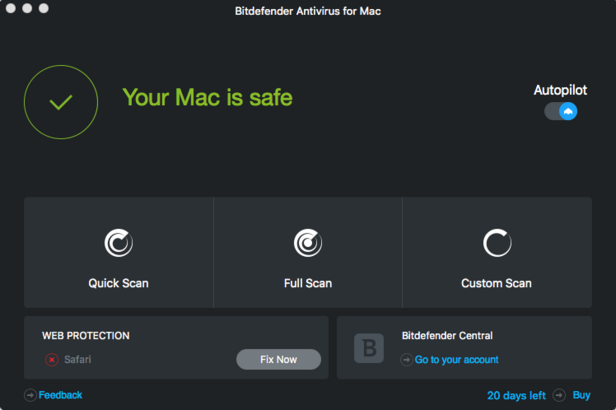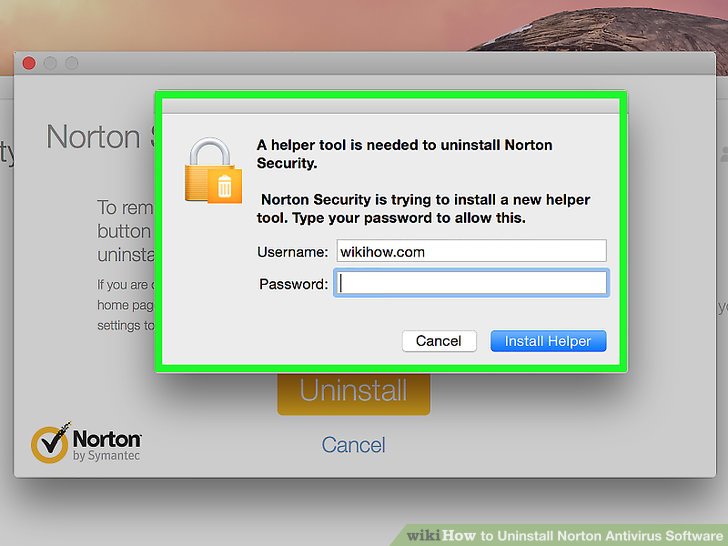Do not install or run Symantec Endpoint Protection 12.1 for Mac from a UFS formatted disk or from a Case-Sensitive HFS+formatted disk. You can view information about the format of your disk from the Disk Utility Program located in the Utilities folder. Summary: This document descibes compatibility of PGP Desktop 8.x and Macintosh 10.4 (Tiger). Details: PROBLEM: PGP Desktop 8.x is NOT compatible with Macintosh 10.4, nor will it be updated to support this, or any future release of Macintosh OS X. PGP 8.x is supported by Macintosh 10.2.1 - 10.3.9. As reported earlier, changes are in the works for antivirus protection for both Windows and Mac computers at K-State. For Windows, the primary issue was support for Windows 7 since Trend Micro OfficeScan 8 does not support it. For Macs, there were two issues — expiration of the Symantec AntiVirus for Macs license on Oct. 27 and Trend Micro Security for Macs 1.5 (TMSM) not supporting Mac OS X. 1 About PGP Desktop 10.2 for Mac OS X PGP Desktop is a security tool that uses cryptography to protect your data against unauthorized access. PGP Desktop protects your data while being sent by email or by instant messaging (IM). It lets you encrypt your entire hard drive or hard drive partition (on Windows.
 Topics Map > OS and Desktop Applications > Virus
Topics Map > OS and Desktop Applications > VirusTopics Map > OS and Desktop Applications > Operating Systems > Mac OS X


This document explains how to uninstall Symantec Endpoint Protection 12 (SEP) for UW-Madison Faculty, Staff and Students on OS X. This process will work to uninstall old versions of Symantec as well.
Note: Please remove Symantec from any personally owned devices. Regarding UW-owned devices, if you have IT support, they will likely coordinate the removal of Symantec from your device (do not remove yourself). If you have questions about Symantec on your UW owned device, please contact your local IT support, otherwise feel free to open a case with the DoIT Help Desk.
Note: After you’ve finished uninstalling Symantec, learn more about the new antivirus options for your device here.
Symantec For Mac Os X
Download the Symantec Uninstaller (Mac) here.
After downloading the zip file, navigate to your downloads folder and double click on RemoveSymantecMacFiles.zip.
Open the RemoveSymantecMacFiles folder, and double click on RemoveSymanteMacFiles.command.
If a warning appears about opening applications from the internet, click Open.
If you run into a 'Cannot run due to unidentified developer' error message when trying to run the file try the troubleshooting steps found here: Open an app by overriding security settings
Enter in the admin password (if the user is the primary user, enter their password to login to the machine) and press enter. When you type the password into terminal, it will not show any characters, but terminal still is taking the input in.
Enter in a 1 to the prompt to select 'Remove all Symantec files/folders.'
In a small amount of time, the uninstall script will finish, and prompt you to enter a 'y' (yes) or 'n' (no) to restart your machine. In order for the uninstall to be complete, you must restart the machine. Once the machine has restarted, you have successfully uninstalled Symantec.

